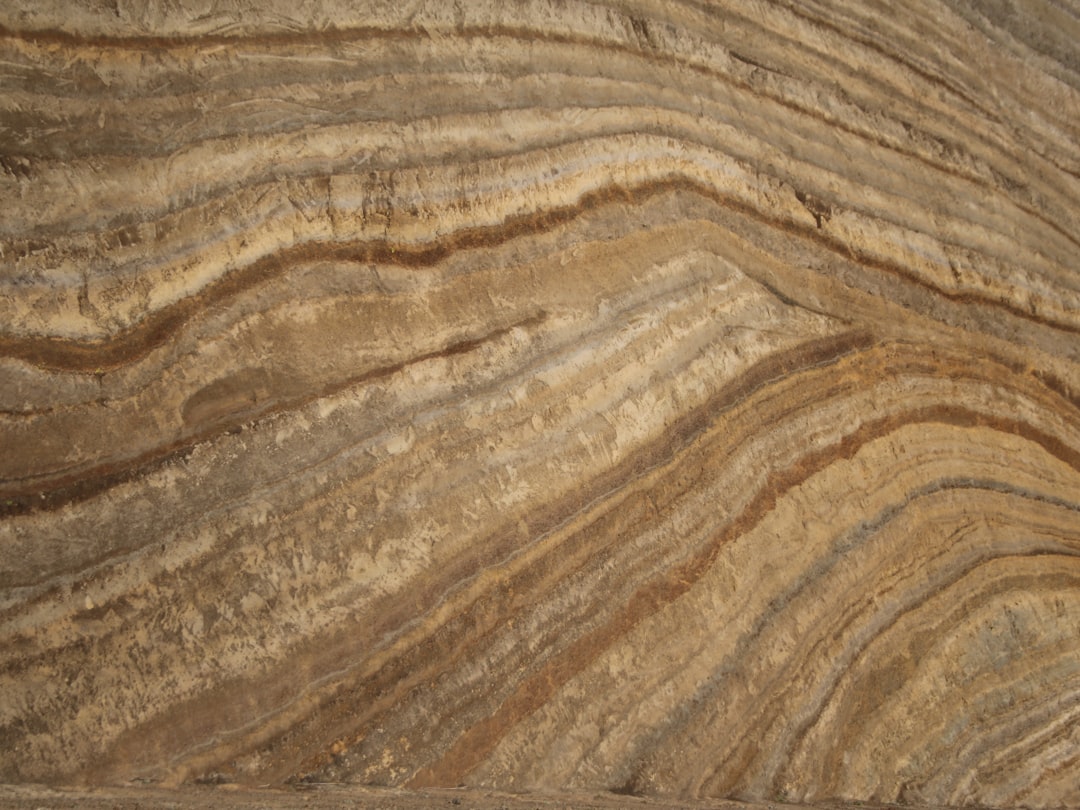What is it about?
Metalla-aromatic conjugated polymers have been produced for the first time by a novel polymerization reaction. This metal-involved triple bond polymerization (MTP) reaction has the advantage of efficiency, specificity, and feasibility. The resulting polymers are not only soluble and stable but also show broad and strong absorption in the UV-Vis region. The insertion of metals was demonstrated to produce the unique dπ-pπ conjugation polymer systems.
Featured Image

Photo by Aaron Greenwood on Unsplash
Why is it important?
The metalla-aromatic ring is a new kind of aromatic ring in which a transition metal is involved in an aromatic framework. In comparison to the traditional conjugated polymers that use p orbitals in π-conjugation (i.e., pπ-pπ conjugation) , the incorporation of metalla-aromatics into conjugated polymers enables the use of d orbitals for π-conjugation, affording dπ-pπ conjugated systems. Thus, the inclusion of metalla-aromatic building blocks into conjugated polymer skeletons is a promising method to construct novel polymer structures. To the best of our knowledge, such metalla-aromatic conjugated polymers have not been reported to date.
Perspectives
This is our first paper on metalla-aromatic conjugated polymers, we would like to describe the details of the new polymerization, new building blocks, and new polymers and address the issue of polymer synthesis. The related research on properties and applications is under further study. We are good at chemical synthesis, but poor in material research. However, the exploration of properties of new materials needs in-depth collaboration with professional material research groups. We sincerely hope that metallopolymers will attract the attention of more materials scientists after our first synthetic work of these polymers is published, thereby further broadening their applications.
Haiping Xia
Southern University of Science and Technology
Read the Original
This page is a summary of: Conjugated polymers based on metalla-aromatic building blocks, Proceedings of the National Academy of Sciences, July 2022, Proceedings of the National Academy of Sciences,
DOI: 10.1073/pnas.2203701119.
You can read the full text:
Contributors
The following have contributed to this page










